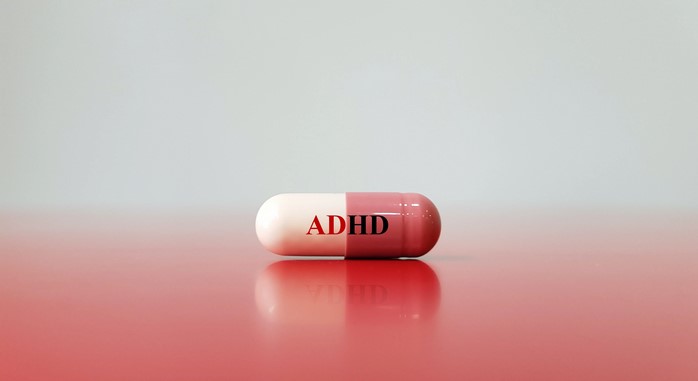
Non-Stimulant ADHD Medications for Adults: Alternatives to Stimulants is a topic that explores the various options available for adults with Attention Deficit Hyperactivity Disorder (ADHD) who are seeking treatment methods outside of traditional stimulant medications. These alternatives are often considered due to side effects or inefficacy of stimulant drugs. Non-stimulant medications, including certain antidepressants and blood pressure drugs, can offer effective treatment for ADHD symptoms with potentially fewer side effects. This subject delves into the types, uses, benefits, and potential drawbacks of these non-stimulant treatment options.
Exploring Non-Stimulant ADHD Meds for Adults: Effective Alternatives to Stimulants
Attention Deficit Hyperactivity Disorder (ADHD) is a neurodevelopmental disorder that affects both children and adults. It is characterized by symptoms such as inattention, hyperactivity, and impulsivity. Traditionally, stimulant medications have been the first line of treatment for ADHD. However, not all adults with ADHD respond well to stimulant medications, and some may experience adverse side effects. For these individuals, non-stimulant ADHD medications can be an effective alternative.
Non-stimulant ADHD medications work differently than stimulants. Instead of increasing levels of dopamine and norepinephrine in the brain, which stimulants do to improve focus and attention, non-stimulant medications work by targeting other neurotransmitters. This different mechanism of action can result in fewer side effects and a lower risk of abuse or dependency, making non-stimulant medications a viable option for many adults with ADHD.
One of the most commonly prescribed non-stimulant ADHD medications for adults is atomoxetine, also known as Strattera. Atomoxetine works by increasing the levels of norepinephrine in the brain, which can help improve symptoms of inattention, impulsivity, and hyperactivity. Unlike stimulant medications, atomoxetine does not carry a risk of abuse or dependency, and it can be taken once or twice a day, with or without food.
Another non-stimulant medication used to treat ADHD in adults is guanfacine, also known as Intuniv. Guanfacine works by binding to receptors in the brain that help regulate attention and impulse control. It is often used in combination with other ADHD medications and can be taken once a day, in the morning or evening.
In addition to atomoxetine and guanfacine, there are other non-stimulant medications that can be used to treat ADHD in adults. These include bupropion (Wellbutrin), an antidepressant that can help improve symptoms of ADHD, and tricyclic antidepressants, which can be effective in treating ADHD but are typically used as a last resort due to their potential side effects.
While non-stimulant ADHD medications can be an effective alternative to stimulants, they are not without their own potential side effects. These can include nausea, fatigue, decreased appetite, and mood changes. However, these side effects are typically less severe than those associated with stimulant medications and often subside over time.
It’s important to note that non-stimulant medications may take longer to start working than stimulant medications. It can take several weeks to see the full effects of non-stimulant medications, whereas the effects of stimulant medications are typically felt within an hour of taking the medication. Therefore, patience is key when starting a non-stimulant medication regimen.
In conclusion, non-stimulant ADHD medications can be an effective alternative for adults who do not respond well to stimulant medications or who experience adverse side effects. These medications work by targeting different neurotransmitters in the brain and can result in fewer side effects and a lower risk of abuse or dependency. However, they may take longer to start working and can come with their own potential side effects. As with any medication, it’s important to discuss the potential benefits and risks with a healthcare provider before starting a new treatment regimen.Non-stimulant ADHD medications for adults provide an effective alternative to stimulants. They are particularly beneficial for those who cannot tolerate stimulant medications due to side effects or health conditions. Non-stimulant medications, such as atomoxetine, guanfacine, and clonidine, can help improve focus, attention, and impulsivity. However, they may take longer to start working compared to stimulants. Therefore, while non-stimulant ADHD medications offer a valuable option, the choice of medication should be individualized based on the patient’s specific needs, tolerance, and the medication’s efficacy and side effects.